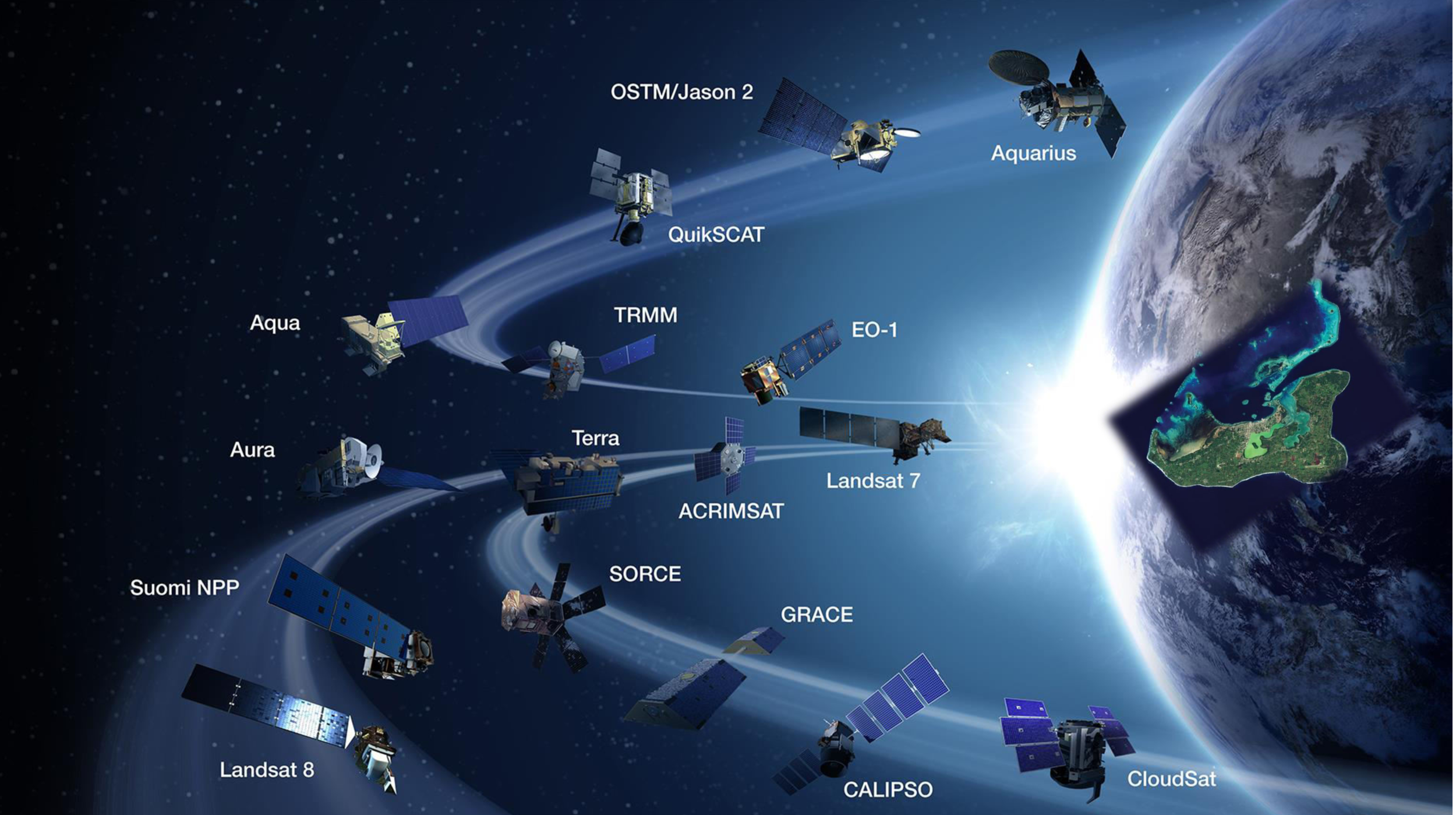Our nearly 40 Polynesian languages grew from seeds sown over 9000 years ago in the West Pacific island of Taiwan. Since then and for thousands of years, as Kaivai (literally “eaters of water” - great ocean mariners and navigators) our people, cultures, and languages have journeyed far across te moana (the ocean) traveling as far east as Tahiti, Rapa Nui - even to Peru where we brought back the delicious kumara (sweet potato). Our indomitable ancestors travelled south to Aotearoa and north to islands we call Hawai’i.
The fact that all of our Polynesian cultures and languages have strong commonalities is testament to our skill as native scientists, wayfinders, and seafarers. Star systems and diverse environmental phenomena were recorded with extensive lexicons, creative symbologies, and sophisticated technologies.
Our languages reflect who we are from birth to death. They are languages of love, laughter, and passion – they eloquently express our deepest sorrows and our sweetest joys. They are languages of action – of exciting adventures - of following the journeys of Maui and Kupe within the vast domain of Tangaroa (the guardian of the oceans).
Now millions of people can access Google Earth and this Indigenous language layer - and through this initiative we hope that people will understand how important our languages are to us all in the Pacific.
Check it out here
Celebrating Indigenous Languages
Tania also gave a speech at the United Nations HQ in New York as they celebrated the International Day of the World’s Indigenous Peoples. Here is a copy of Tania’s speech.
You can view Tania’s speech following the introduction and talk by Google Earth Senior Program Manager Raleigh Seamster at 42:14 secs of this UN TV Video: http://webtv.un.org/search/part-2-2019-international-day-of-the-worlds-indigenous-peoples-theme-indigenous-peoples%E2%80%99-languages/6070893828001/?term=indigenous%20languages&sort=date&page=7
For more information about Indigenous Languages, please see:
www.un.org/en/events/indigenousday
https://www.facebook.com/events/1022104261313562/
On Twitter follow #WeAreIndigenous #IndigenousPeoplesDay #IndigenousLanguage





